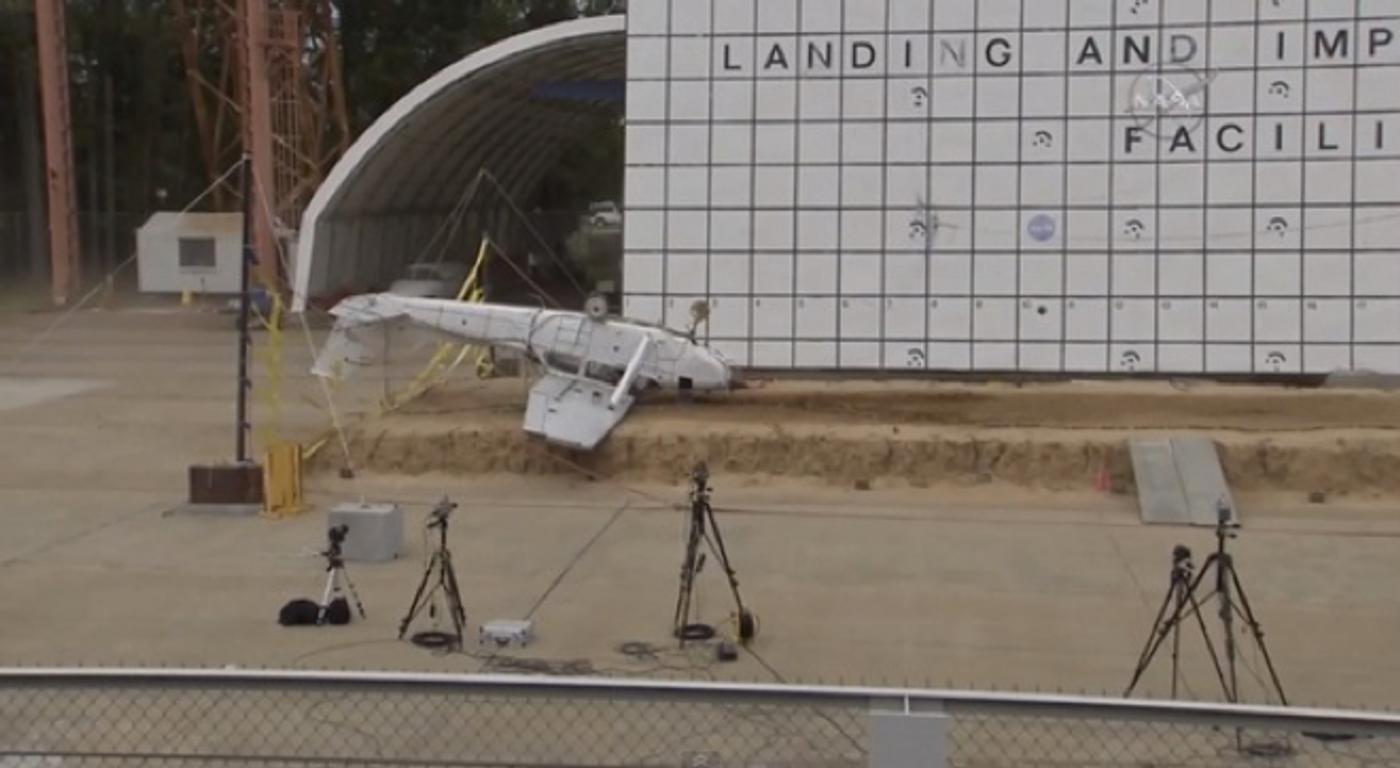NASA Crashes Airplanes for Science
On the outside, NASA seems like it’s all about outer space, like all they do are space missions to learn more about the universe, but in reality, they’re much more than that.
NASA performs all kinds of scientific experiments in the background; two of the big areas of interest are computers and aircraft, both of which the agency can use to make space travel, as well as air travel, safer for both pilots and passengers.
NASA crashed a total of three airplanes to simulate the damage that would occur in a similar crash scenario. The data from the latest crash to happpen this week was collected by sensors from dummies inside of the aircraft, and will be used to help improve safety equipment in future aircrafts in the unlikely event of a crash.
In this case, the testing was being done to try and improve ELT (emergency locator transmitter) effectiveness, which helps rescue teams locate and go after fallen aircrafts in the event of a crash to respond to the injured.
“ELTs have to work in the extreme circumstances involved in an airplane crash,” NASA said in a statement. “Included in those extreme circumstances are the possibilities of excessive vibration, fire and impact damage. NASA research is designed to find practical ways to improve ELT system performance and robustness, giving rescue workers the best chance of saving lives.”
The point of crashing the spacecraft to test these sensors’ effectiveness is to ensure that they can tolerate the forces and vibrations that are transferred during the fall and crash. If they had been unable to survive, NASA would have to go back to the drawing board to make the equipment more reliable.
In the video below, you can watch airplane number three out of three fall to its demise and see the destruction that can happen from just that small fall. NASA notes that this was a survivable fall.
In this video, the third of three airplanes crashed down in a tail-first motion from 100 feet in the air. The first one fell from 80 feet and landed flat on soil with the nose level to the ground, and the second one fell from 100 feet and crashed nose-first into the soil.
These three testing scenarios were intended to test out the most common types of crash instances that occur in these types of airplanes, which are Cessna 172 aircraft.
We can always count on NASA to improve the technology that goes into these kinds of things.
Source: NASA









